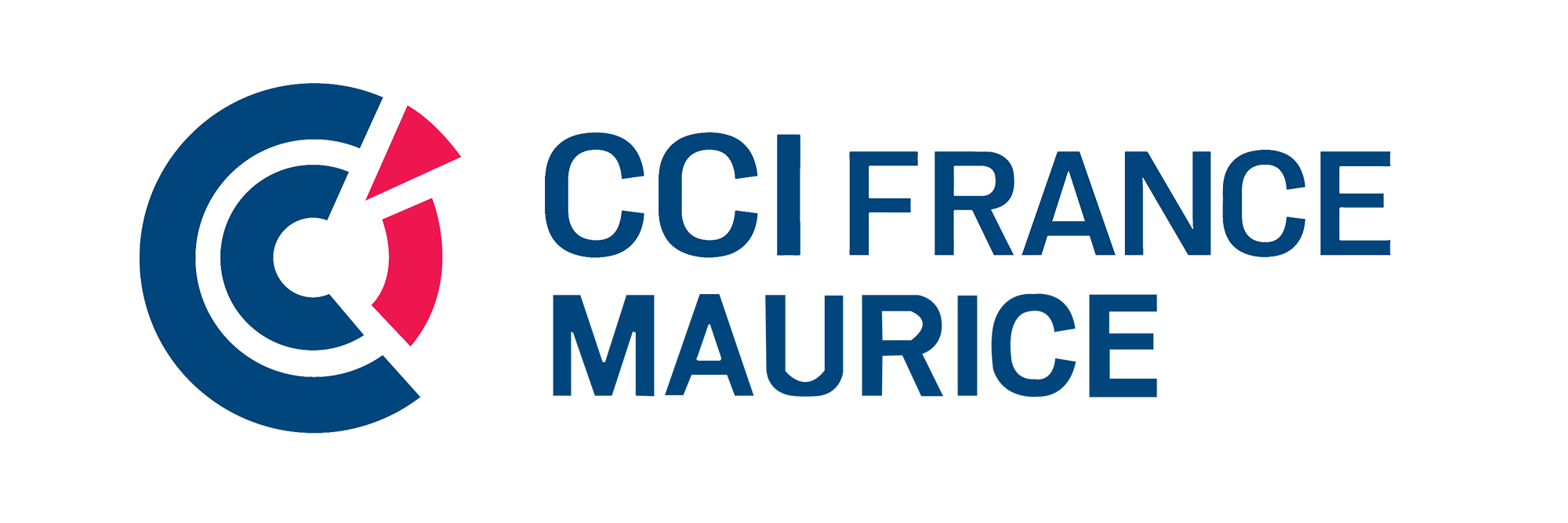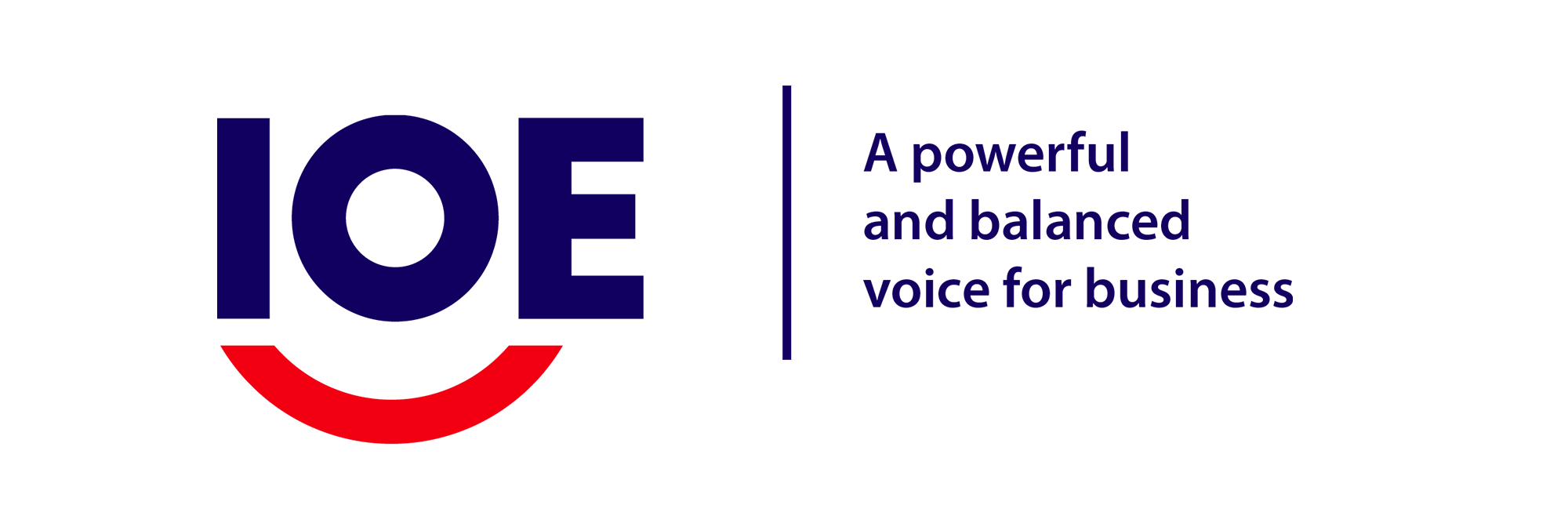Scaling a business today is no longer only about increasing sales or launching new products. The biggest competitive advantage now comes from access to the right talent. But what happens when local talent pools are limited, expensive, or highly competitive? Many organizations are turning to borderless hiring, meaning hiring skilled professionals from anywhere in the world, without relocating them.
This approach has accelerated with the rise of remote work, global collaboration tools, and international workforce platforms. According to a 2024 Gartner study, 58% of companies now hire talent internationally, and this number is increasing each year.
However, scaling with borderless talent requires a clear strategy: compliance across multiple countries, cultural alignment, communication practices, and performance tracking. This article explains how to scale effectively using global talent, the benefits, the challenges, and the best practices that make remote and international teams efficient, productive, and aligned.
Why borderless talent is a strategic growth advantage
Borderless talent allows companies to access specialized skills faster and at lower operational cost. Rather than restricting recruitment to one city or region, firms can search globally and find the perfect fit for each role. This approach also reduces dependency on expensive local markets.
According to McKinsey, organizations that hire globally report:
34% faster time-to-fill for critical roles
Up to 45% savings in total staffing costs
Improved team diversity, which leads to better problem-solving and innovation
Additionally, global workforce models make it easier to scale teams up or down depending on business cycles. For startups and high-growth companies, this flexibility helps maintain momentum and avoid recruitment bottlenecks.
How to identify the roles best suited for global hiring
Not every role requires physical presence. To scale efficiently, prioritize positions that depend primarily on digital workflows. These include:
Roles commonly hired globally
Software developers and engineers
Digital marketers and content strategists
Finance and accounting specialists
Customer support and sales development teams
Product designers and UX/UI experts
How to evaluate remote suitability
Ask three questions:
Can the work be delivered asynchronously?
Can outputs be measured clearly and objectively?
Does the role require minimal on-site interaction?
If the answer is yes, the role is a good candidate for borderless hiring.
Example: A European SaaS company expanded its customer support team from 12 to 45 agents in 8 months by hiring in three time zones, offering 24/7 coverage while reducing cost-per-agent by 38%.
How to ensure legal and compliance alignment when hiring globally
The biggest challenge when hiring across borders is employment compliance. Regulations vary by country: taxes, labor rights, terminations, benefits, and data protection laws must be respected.
Key compliance considerations
Contract standards differ from country to country
Payroll must be processed in local currency
Companies must provide legally required benefits
Data privacy must follow regulations such as GDPR
Solutions
Most businesses use:
Employer of Record (EOR) platforms to legally employ talent abroad
Global payroll providers to centralize payments
Localized HR partners to ensure regulatory compliance
This avoids legal risk and accelerates onboarding without creating foreign subsidiaries.
How to maintain communication and performance in global teams
Hiring globally only works if communication and performance frameworks are clear. Remote and distributed teams need structured communication rhythms and transparent project management.
Best practices:
Use asynchronous communication to avoid time-zone pressure
Standardize documentation of decisions and processes
Set clear KPIs, outputs, and delivery expectations
Hold short, recurring alignment meetings instead of long calls
Encourage cultural exchange and empathy-building interactions
Tools like Slack, Notion, Jira, and Zoom enable real-time and async collaboration. High-performing global teams don’t rely on presence they rely on clarity, trust, and shared outcomes.
How to build a scalable onboarding process for global talent
A consistent onboarding system reduces ramp-up time and improves retention. Remote hires perform better when they understand the mission, tools, workflows, and culture from day one.
Elements of a strong onboarding experience:
A 30/60/90-day success roadmap
A clear explanation of tools and workflows
Assigned mentor or onboarding buddy
Cultural and communication guidelines
Scheduled check-in meetings during the first month
A documented onboarding playbook ensures new hires integrate faster, regardless of where they are located.













